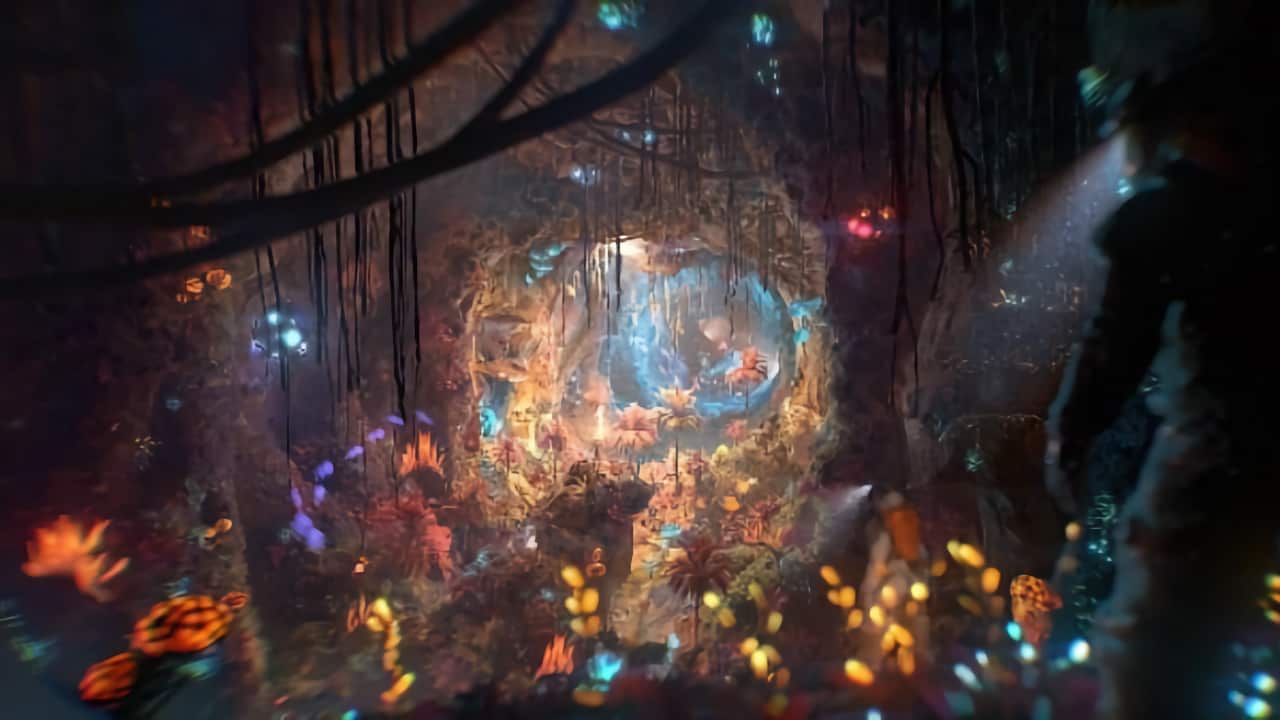
Autodesk has announced significant new AI features for its Maya and Flame VFX suites, as well as introducing Flow Generative Scheduling for production planning.
New features in Maya and Flame doubtless build on Autodesk’s recent acquisition of Wonder Dynamics, creators of Wonder Studio.
New to Maya is ML Deformer, created for artists working with complex characters. The tool processes complex deformation systems and represents them with a fast, machine-learned approximation. That means if an artist is creating a character with a complex deformation system that runs slowly, ML Deformer can be trained to represent it instead. Artists can then use this version to work interactively, switching back to the original for final polish or render.

ML Deformer in Autodesk Maya
Flame’s toolset, meanwhile, sees the introduction of ML Timewarp, generating an intermediate frame between two frames in a shot for retiming clips. Autodesk says the new mode aims to create high-quality renders from an integrated tool, while also aiming to eliminate time-consuming and costly file transfer workflows across multiple tools. For demanding workloads, the new mode can also be queued to render with remote systems via Autodesk Burn.
AI will also power the newly-announced Flow Generative Scheduling, created to accelerate and streamline the production planning schedule, with its myriad shifting variables of deadlines, budgets, and team availability. The main aim of Flow Generative Scheduling, says Autodesk, is to keep even the most critical projects running smoothly. It enables users to compare multiple schedule scenarios, evaluate tradeoffs, and create resource-optimised and balanced schedules. Flow Generative Scheduling can be accessed via Flow Production Tracking (formerly ShotGrid) for the maximum-integrated workflow.

A visualisation from the new Flow Generative Scheduling
Mimi Hoang, VP of Production Management & Platform at Autodesk, paid homage to Flow Production Tracking as “the de facto connective tissue for VFX workflows.” However with the new fascia in town, Flow Generative Scheduling, the ability to evaluate different scenarios without impacting a live project, then publishing a revised schedule directly into Flow Production Tracking is “a game changer for creative teams,” she claims.
tl;dr
• Maya's new ML Deformer creates fast, machine-learned approximations of complex character deformation systems, allowing artists to work interactively and switch back to the original for final polish.
• Flame adds ML Timewarp, generating intermediate frames for clip retiming, offering high-quality renders and eliminating costly file transfer workflows.
• Flow Generative Scheduling accelerates production planning by comparing multiple scenarios, evaluating tradeoffs, and creating resource-optimized schedules for complex projects.
Tags: Post & VFX Autodesk


Comments